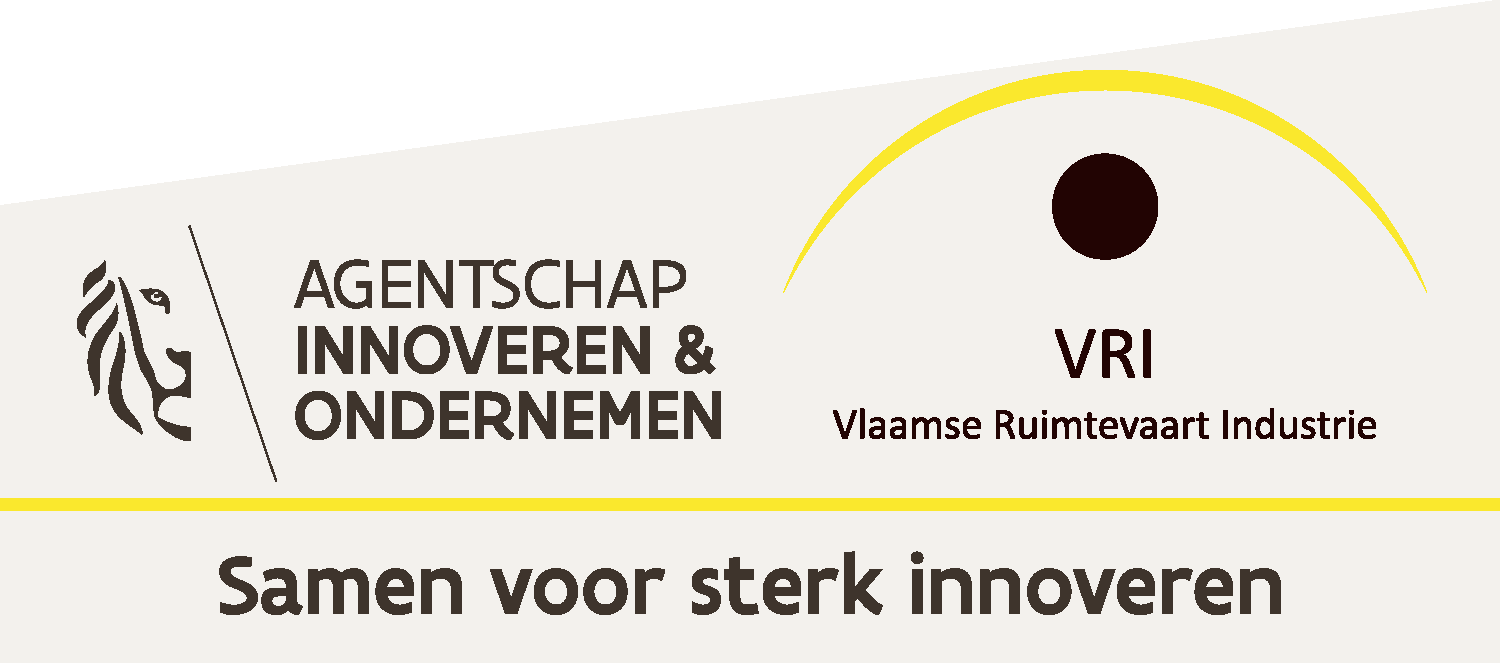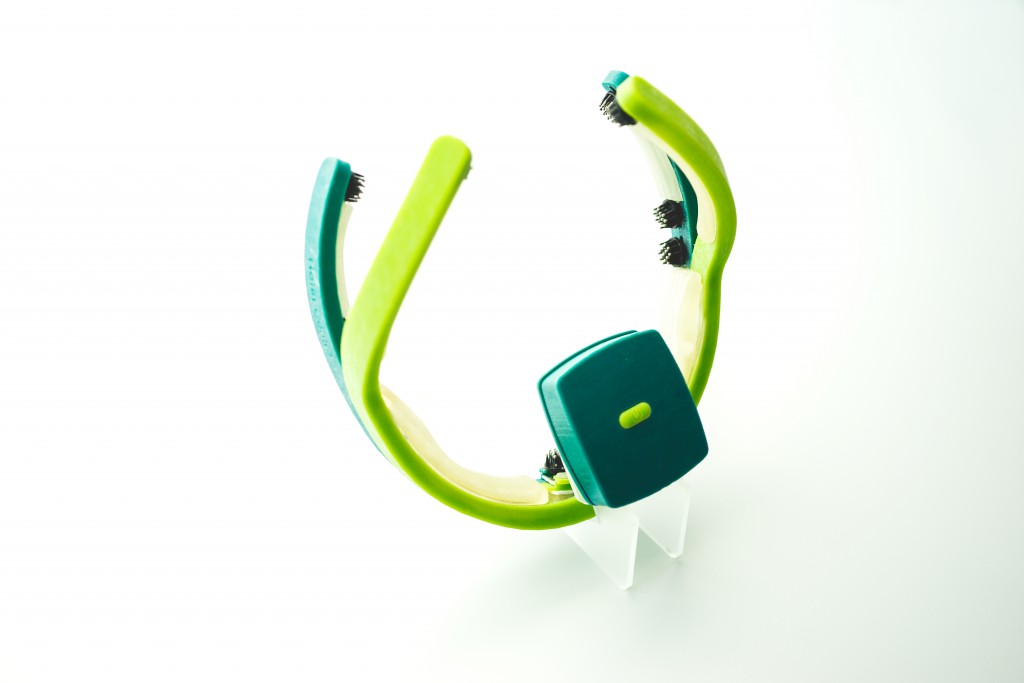Today, imec, the world-leading nanoelectronics research center, Holst Centre (set up by imec and The Netherlands Organization for Applied Scientific Research, TNO), and the Industrial Design Engineering (IDE) faculty of Delft University of Technology (TU Delft), announced the introduction of a new wireless electroencephalogram (EEG) headset that can be worn comfortably and achieves a high-quality EEG signal. The headset enables effective brain-computer interfacing and can monitor emotions and mood in daily life situations using a smartphone application.
Wireless technology that measures body parameters has become increasingly popular in lifestyle applications. Imec and Holst Centre aim to extend the functionality of consumer applications and true healthcare monitoring wearables. To realize this, they develop headsets that combine medical-grade data acquisition with increased comfort. Imec’s wireless EEG headsets with dry electrodes are easy to apply and support long-term daily life monitoring. Such headsets can be used in consumer applications such as games that monitor relaxation, engagement and concentration. Wireless headsets can also be used for attention training, sleep training and treatment of Attention Deficit Hyperactivity Disorder (ADHD).
“Leveraging imec’s strong background in EEG sensing, dry polymer and active electrodes, miniaturized and low-power data acquisition, and low-power wireless interfaces to smartphones, we were able to focus on the ergonomics of this project. In doing so, we have successfully realized this unique combination of comfort and effectiveness at the lowest possible cost to the future user,” stated Bernard Grundlehner, EEG system architect at imec.
Designing a wireless EEG headset with dry electrodes presents several technical challenges, such as finding a balance between comfort and signal quality. To ensure good signal quality, the dry electrodes must be applied to the head with sufficient pressure. This becomes especially critical when the measurement is done over longer periods of time. It is also very important to retain this balance to accommodate a variety of people with different head sizes and shapes. However, increasing the pressure can cause user discomfort as evidenced by previous product iterations.
Imec and Holst Centre’s new headset manages to strike a harmonious balance between comfort and signal quality. This was achieved by a design procedure that optimizes shape and stiffness by prototyping and testing repeatedly in very short loops. A team of six master students from the faculty IDE of TU Delft worked on this challenge in their Advanced Embodiment Design (AED) project. After an analysis of the technology that was developed by imec and Holst Centre, design research was carried out among potential users and applications. This research led to the development of a concept which minimizes intrusiveness, making comfort possible for a large segment of the targeted population outside of a controlled research environment.
The EEG headset is manufactured in one piece using state-of-the-art 3-D printing techniques, after which the electronic components are applied and covered by a 3-D-printed rubber inlay. The sensors that acquire the EEG signal are situated at the front of the headset in order to allow for optimal EEG signal acquisition related to emotion and mood variations. The mobile app relates the user’s emotional state to environmental information such as agenda, location, proximity to others and time of day, in order to provide feedback about the unconscious effects of the environment on the user’s emotions, thus creating awareness and actionable new insights.
Caption: Comfortable EEG headset developed by imec and Holst Centre. The headset enables effective brain-computer interfacing and can monitor emotions and mood in daily life situations using a smartphone application.
Visit www2.imec.be to download the press release.


Leave a Reply